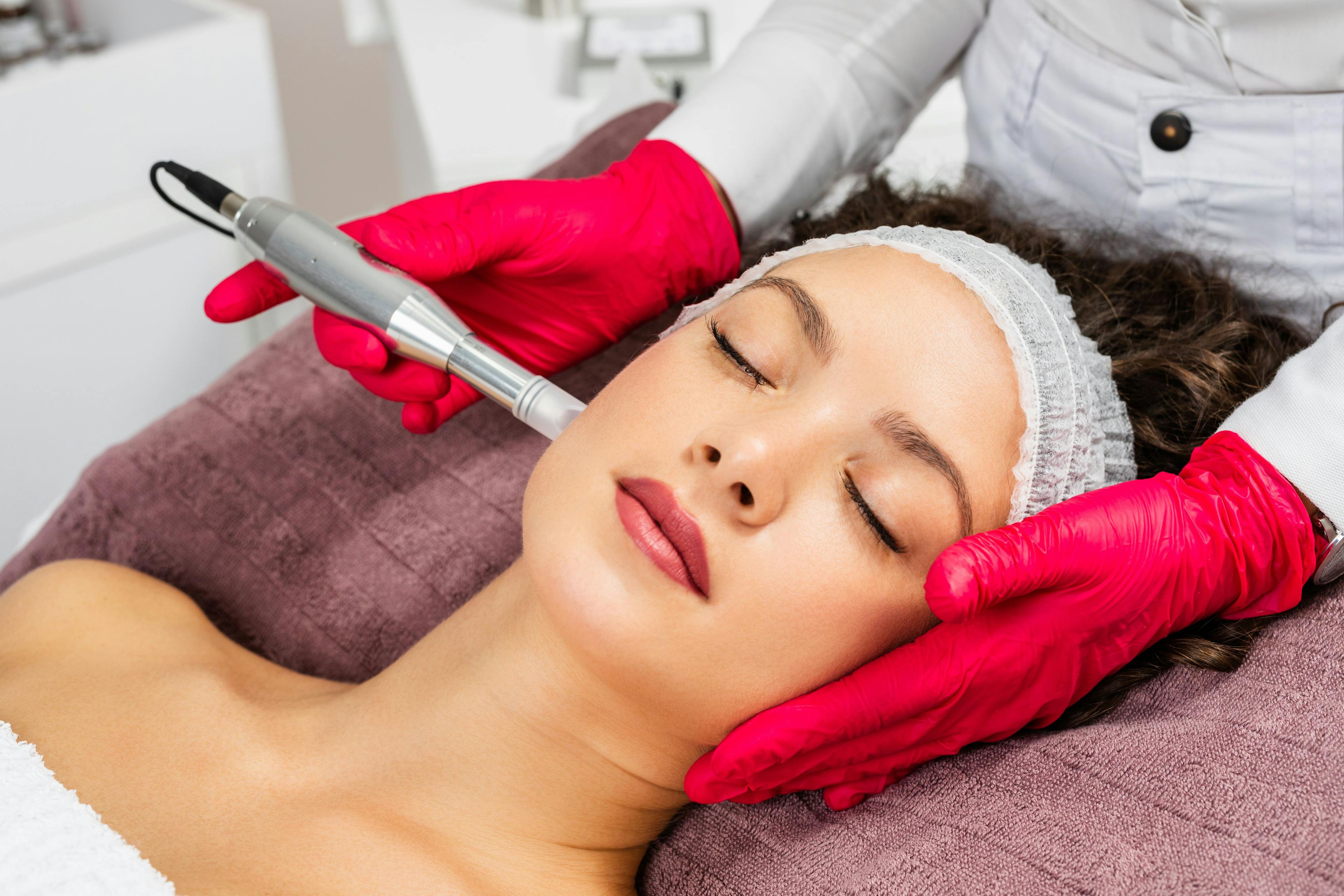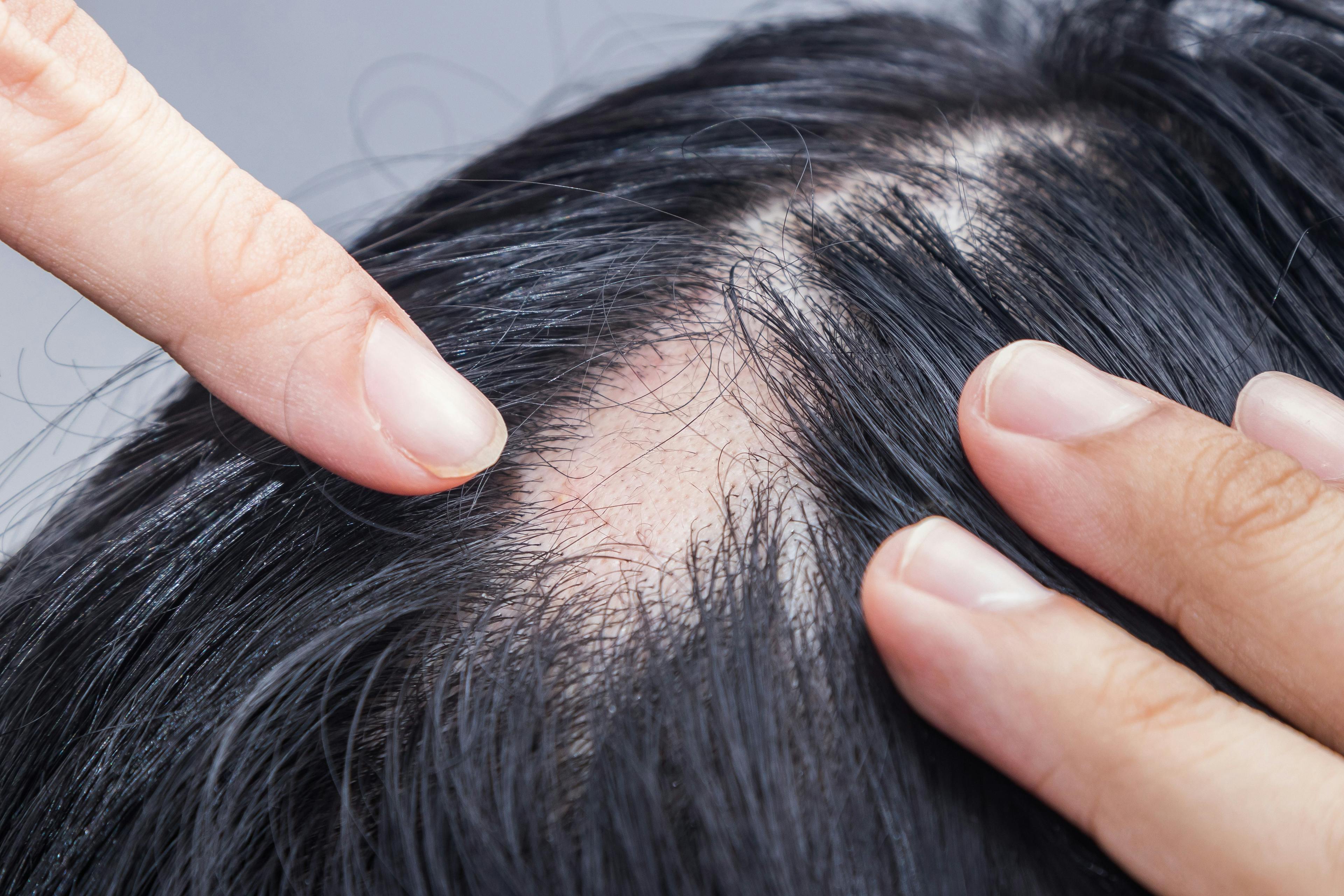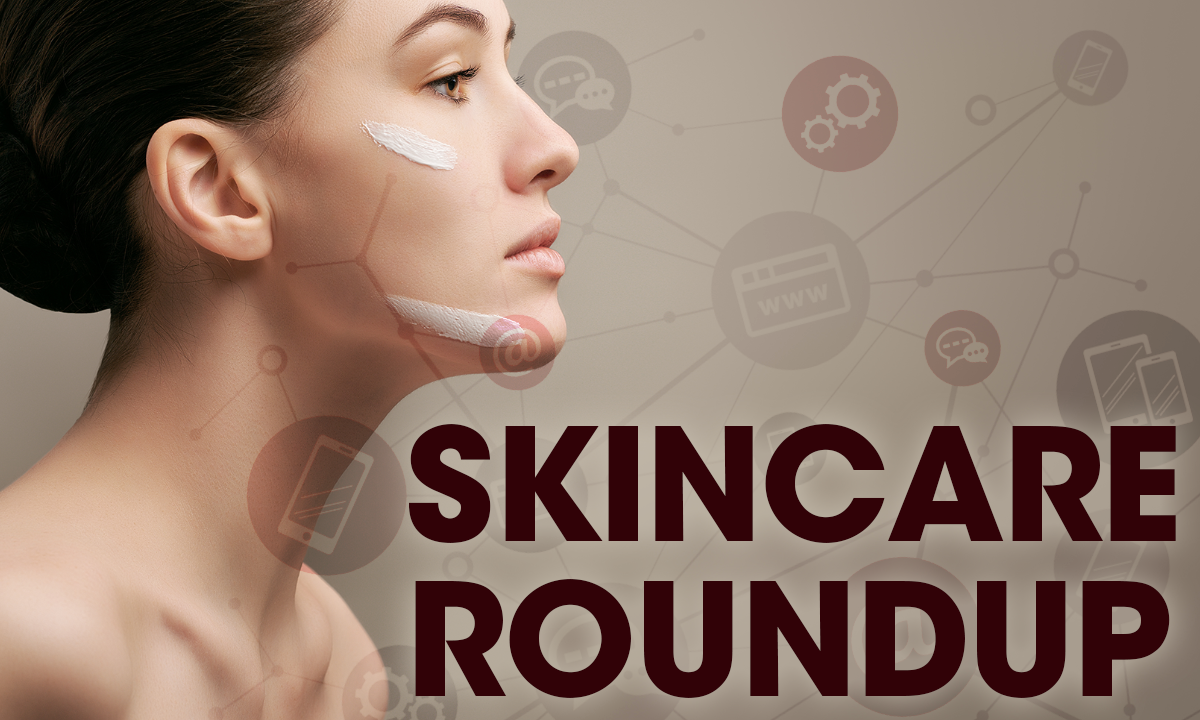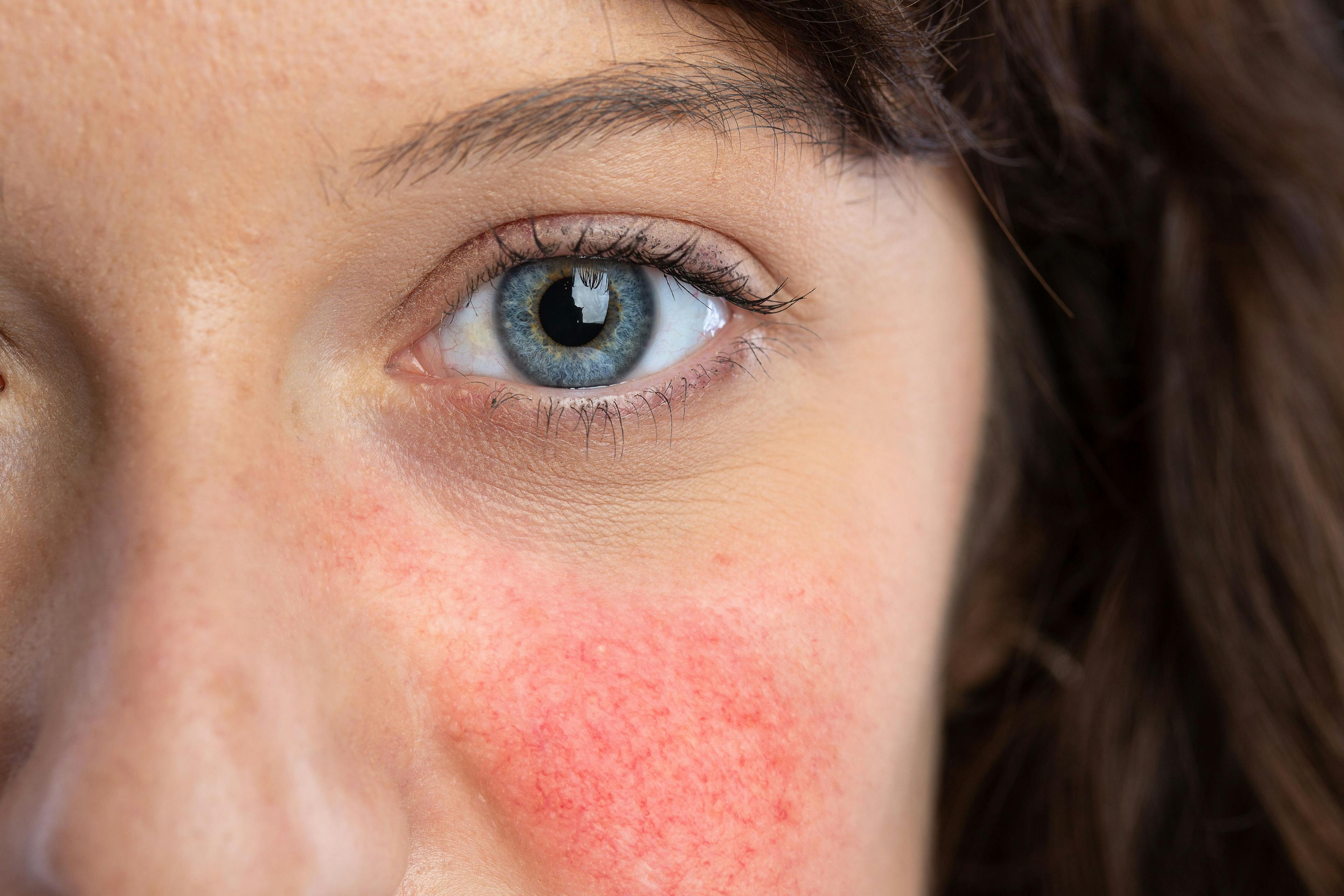- Acne
- Actinic Keratosis
- Aesthetics
- Alopecia
- Atopic Dermatitis
- Buy-and-Bill
- COVID-19
- Case-Based Roundtable
- Chronic Hand Eczema
- Chronic Spontaneous Urticaria
- Drug Watch
- Eczema
- General Dermatology
- Hidradenitis Suppurativa
- Melasma
- NP and PA
- Pediatric Dermatology
- Pigmentary Disorders
- Practice Management
- Precision Medicine and Biologics
- Prurigo Nodularis
- Psoriasis
- Psoriatic Arthritis
- Rare Disease
- Rosacea
- Skin Cancer
- Vitiligo
- Wound Care
Publication
Article
Dermatology Times
Neuromodulators Combat Key Rosacea Challenges
Author(s):
In treatments addressing muscular contraction, botulinum toxin inhibits nerves that innervate blood vessels from releasing acetylcholine, which triggers vasodilation. Its impact on the innate immune system suggests that botulinum toxin may also help reduce recalcitrant rosacea-related papules and pustules.
For patients with recalcitrant rosacea, neuromodulators including onabotulinumtoxinA (Botox Cosmetic; Allergan) show promise in reducing redness and perhaps addressing other manifestations of this widespread skin disease, experts tell Dermatology Times®.
OnabotulinumtoxinA is not, and likely will never be, first-line treatment for rosacea, says Julie Harper, MD. “It’s for that patient in whom we’ve already tried oxymetazoline or brimonidine. We may have even tried oral carvedilol or a vascular laser, but the patient is still bothered by persistent facial redness,” says Harper, owner of the Dermatology and Skin Care Center of Birmingham, clinical associate professor of Dermatology at the University of Alabama-Birmingham, and a section editor for Dermatology Times®.
Over the past 2 years, Harper has used onabotulinumtoxinA to treat redness in 5 patients with rosacea and each patient experienced success, she says, adding that none of them are currently scheduled for retreatment. Barriers to retreatment may include cost and unintended weakening of facial expression muscles, she adds.
Harper utilized the microdroplet technique, which involves very low-dose, heavily diluted onabotulinumtoxinA injected intradermally throughout the affected area. Specifically, she used 50 units diluted with 2.5 cc of saline, which has demonstrated success in clinical trials.1,2
Diane Berson, MD, associate professor of dermatology at Weill Cornell Medical College in New York, New York, sees broad potential. “So far, the data show promise that microdroplet injections will not only improve the erythema, but also the appearance of pore size and the general tone and texture of the skin,” she says.
OnabotulinumtoxinA also has been shown to reduce sebum production.3,4 “Given that most of my patients with rosacea are adults who already have simultaneous signs of photodamage, I believe they will glean a great benefit from this treatment addition,” she adds. “I plan to use this technique on patients with persistent erythema and sebaceous skin.”
The mechanism through which onabotulinumtoxinA reduces erythema in rosacea remains unknown. “We think that it helps with some of the vascular instability,” says Emmy Graber, MD, founder and president of The Dermatology Institute of Boston and an affiliate clinical instructor in dermatology at Northeastern University, both in Boston, Massachusetts.
As with treatments addressing muscular contraction, onabotulinumtoxinA inhibits nerves that innervate blood vessels from releasing acetylcholine, Graber says. This neurotransmitter triggers vasodilation, creating skin redness or flushing.5 Additionally, onabotulinumtoxinA is known to inhibit the release of inflammatory mediators such as substance P and calcitonin gene-related peptide, which also cause vasodilation.5
Graber says that the most rigorous trial she has seen to date was a randomized, double-blind, placebo-controlled, split-face 12-week pilot study that included 24 patients. On the side of patients’ faces treated with botulinum toxin, Clinician Erythema Assessment scores declined significantly at weeks 4 and 8 and Global Aesthetic Improvement Scale scores increased significantly at weeks 2, 4, and 8 versus placebo. However, treatment had no effect on other measures including transepidermal water loss and sebum secretion.6
Harper pointed out that in a mouse study, onabotulinumtoxinA significantly reduced cathelicidin LL37–induced erythema, mast cell degranulation, and messenger RNA expression of rosacea biomarkers.7 Having an impact on the innate immune system suggests that onabotulinumtoxinA also might help reduce rosacea-related papules and pustules, she adds.
Despite the promise of onabotulinumtoxinA as a potential rosacea treatment, no phase 1, 2, or 3 clinical trials are currently underway. Harper says development efforts may lag because medications already FDA approved for rosacea work fairly well. Oral medicines are easy to take, she adds, and technologies such as vascular lasers, pulsed-dye lasers, and intense pulsed light devices are effective and perhaps more physician and patient friendly than neuromodulators.
Says Graber: “There are still many people who don’t want to have multiple shots in their face if there’s another way to get rid of redness.”
One day, topical botulinum toxins may prove more palatable to patients, says Harper, but for now she recommends physicians know about injectable onabotulinumtoxinA for rosacea because it works. Graber has a similar view.
“We know that facial erythema impacts patients’ quality of life. So there is a need for more treatments to improve erythema,” she says, adding that most prescription rosacea treatments address papules and pustules, which bother patients less than erythema.
“There are some prescription topical agents for flushing,” says Graber, “but they are plagued with problems such as rebound—erythema worsens once they wear off.” Patients also must apply these medications evenly to avoid a streaky appearance.
“The other challenge is that there still needs to be a push to completely understand the pathogenesis of rosacea,” Graber says. “It seems to be a complex interplay between the vascular system and the immune system. But we are far from understanding the exact pathophysiology of it.”
Dermatologists also need more research into how skin diseases including rosacea impact quality of life, according to Graber. “As dermatologists, we see clinically how patients with rosacea suffer psychologically. However, we need more data to scientifically validate the intensity with which rosacea can affect one’s psyche.”
Disclosures:
Berson, Graber, Harper reported no relevant or financial interests.
References:
1. Park KY, Hyun MY, Jeong SY, Kim BJ, Kim MN, Hong CK. Botulinum toxin for the treatment of refractory erythema and flushing of rosacea. Dermatology. 2015;230(4):299-301. doi:10.1159/000368773
2. Dayan SH, Pritzker RN, Arkins JP. A new treatment regimen for rosacea: onabotulinumtoxinA. J Drugs Dermatol. 2012;11(12):e76-e79.
3. Shuo L, Ting Y, KeLun W, Rui Z, Rui Z, Hang W. Efficacy and possible mechanisms of botulinum toxin treatment of oily skin. J Cosmet Dermatol. 2019;18(2):451-457. doi:10.1111/jocd.12866
4. Min P, Xi W, Grassetti L, et al. Sebum production alteration after botulinum toxin type A injections for the treatment of forehead rhytides: a prospective randomized double-blind dose-comparative clinical investigation. Aesthet Surg J. 2015;35(5):600-610. doi:10.1093/asj/sju150
5. Scala J, Vojvodic A, Vojvodic P, et al. Botulin toxin use in rosacea and facial flushing treatment. Open Access Maced J Med Sci. 2019;7(18):2985-2987. doi:10.3889/oamjms.2019.784
6. Kim MJ, Kim JH, Cheon HI, et al. Assessment of skin physiology change and safety after intradermal injections with botulinum toxin: a randomized, double-blind, placebo-controlled, split-face pilot study in rosacea patients with facial erythema. Dermatol Surg. 2019;45(9):1155-1162. doi:10.1097/DSS.0000000000001819
7. 6. Choi JE, Werbel T, Wang Z, Wu CC, Yaksh TL, Di Nardo A. Botulinum toxin blocks mast cells and prevents rosacea like inflammation. J Dermatol Sci. 2019;93(1):58-64. doi:10.1016/j.jdermsci.2018.12.004
8. Baldwin HE, Harper J, Baradaran S, Patel V. Erythema of rosacea affects health-related quality of life: results of a survey conducted in collaboration with the National Rosacea Society. Dermatol Ther (Heidelb). 2019;9(4):725-734. doi:10.1007/s13555-019-00322-5

Newsletter
Like what you’re reading? Subscribe to Dermatology Times for weekly updates on therapies, innovations, and real-world practice tips.





























